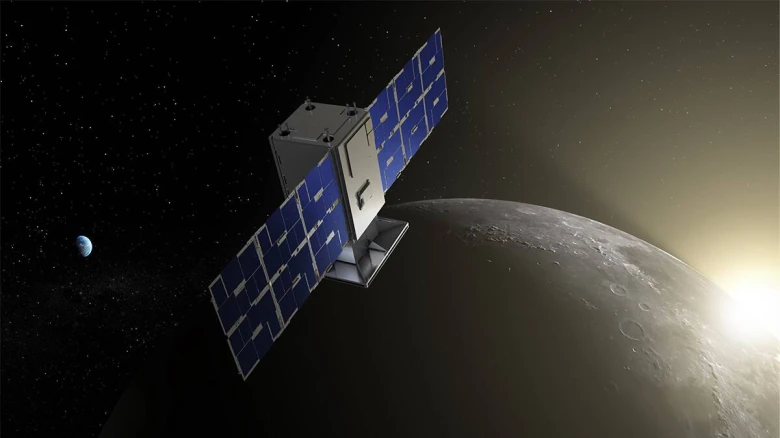Lifestyle
The Modern Dating Concepts, Often Hamper’s One Mental Well Being And Leave The Other Person Confuse.

Calculations will be performed to determine the location of the CubeSat in relation to its orbital path using a special payload flight computer and radio for the CAPSTONE mission. The CubeSat satellite will use NASA's Lunar Reconnaissance Orbiter to identify its location in space (LRO).
color:black;mso-themecolor:text1">
color:black;mso-themecolor:text1">Digital Desk: On June 28 at 5.55 AM EDT (3.25
PM IST), Rocket Lab's Electron rocket successfully launched NASA's CAPSTONE
mission. The event was livestreamed by the space agency, and you can view a
recording of it by clicking the link below. The spacecraft reached its first
orbital phase on its voyage to the Moon after successfully completing max q
(when it faces the maximum structural load), staging, fairing separation,
battery jettison, and kickstage separation.
color:black;mso-themecolor:text1">
color:black;mso-themecolor:text1">Calculations will be performed to determine
the location of the CubeSat in relation to its orbital path using a special
payload flight computer and radio for the CAPSTONE mission. The CubeSat
satellite will use NASA's Lunar Reconnaissance Orbiter to identify its location
in space (LRO). In order to determine its distance from LRO and how quickly it
is edging away from it, CAPSTONE will directly communicate with LRO and use the
data from this crosslink. This will let the CubeSat know where it is in space
with respect to the LRO.
color:black;mso-themecolor:text1">
color:black;mso-themecolor:text1">During the journey, this data will be used to
evaluate CAPS (Cislunar Autonomous Positioning System), CAPSTONE's autonomous
navigation system. Future spaceships will be able to locate themselves without
the use of Earth-based tracking if the programme passes testing.
color:black;mso-themecolor:text1">If this software is successful, future space
missions may operate independently of the Earth. As a result, essential
scientific data could be more reliable when coming from Earth-based antennae
than from conventional operational tracking.
color:black;mso-themecolor:text1">
color:black;mso-themecolor:text1">
color:black;mso-themecolor:text1">
Leave A Comment